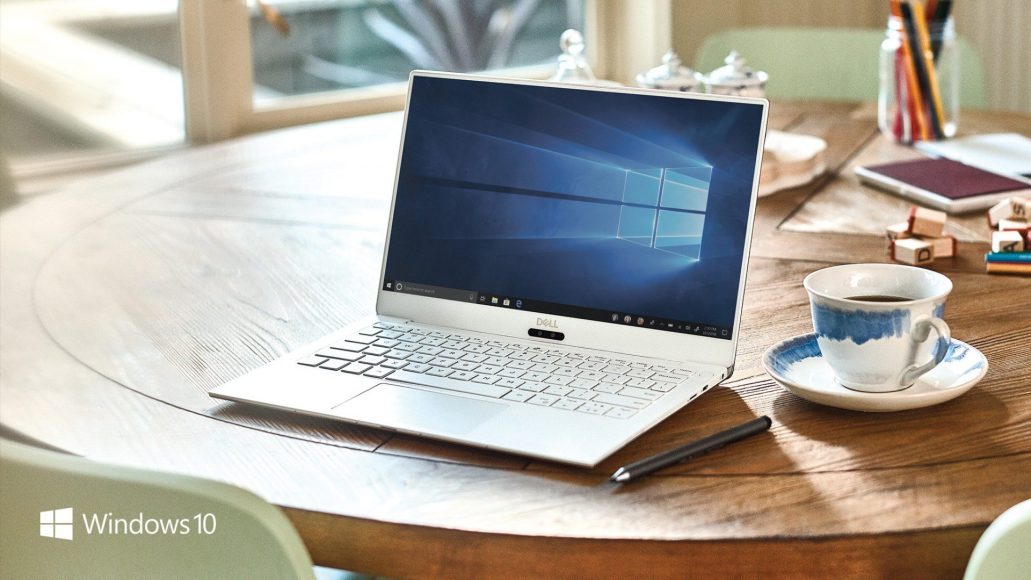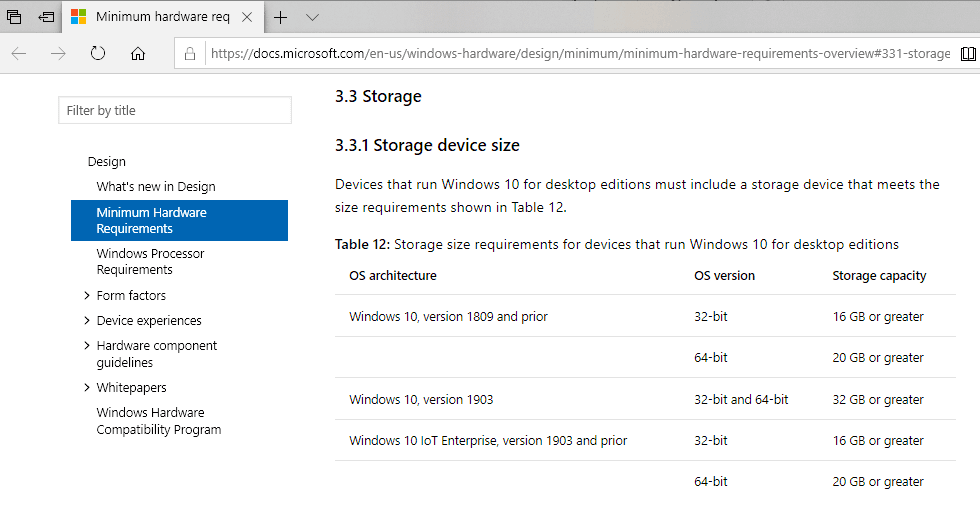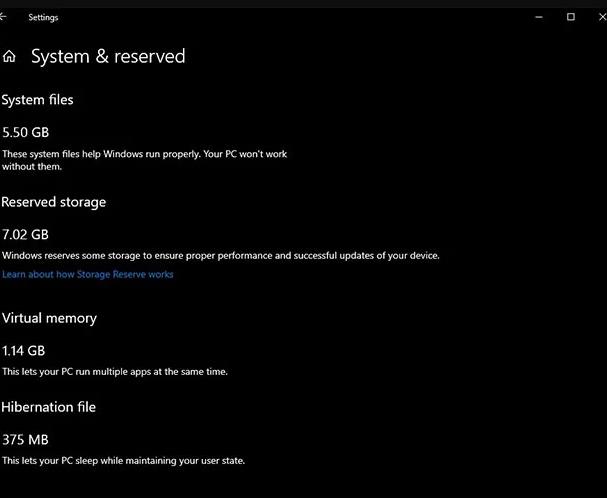Microsoft had launched Windows 10 way back during the summer of 2015. Ever since then, for Windows 10 operating system, Microsoft has kept the minimum system requirements the same for all the major updates, including the Anniversary Update, October 2018 Update, and more which is 32-bit versions required 16GB of storage, while 64-bit versions required 20GB.
This change takes effect with the imminent May 2019 Update, Microsoft has upped the minimum amount of storage space required for a PC to be able to install Windows 10. Whether one is running the 32-bit or 64-bit version of the operating system, when upgrading to the May 2019 Update (or indeed installing the OS from scratch) you will now need 32GB of storage space as an absolute minimum.
These new requirements can be attributed to an already public “feature” which is coming up with the May 2019 Update. Microsoft now plans to reserve 7GB of extra storage space for Windows Update, cache, and other temporary files. This extra space will be beneficial in the future and will help Windows avoid issues like update failure due to insufficient space. “Since disk space has been set aside for this purpose, your device will function more reliably,” said Microsoft when describing the feature.
It’s pretty rare these days to see PCs with just 32GB of storage, so this change in hardware requirements shouldn’t affect many consumers. Updates, especially feature updates, are a big issue on low storage devices; a bump by 12 or 16 Gigabytes may address some of these issues. Granted, updates are not really that enjoyable on 32 Gigabyte devices either.




